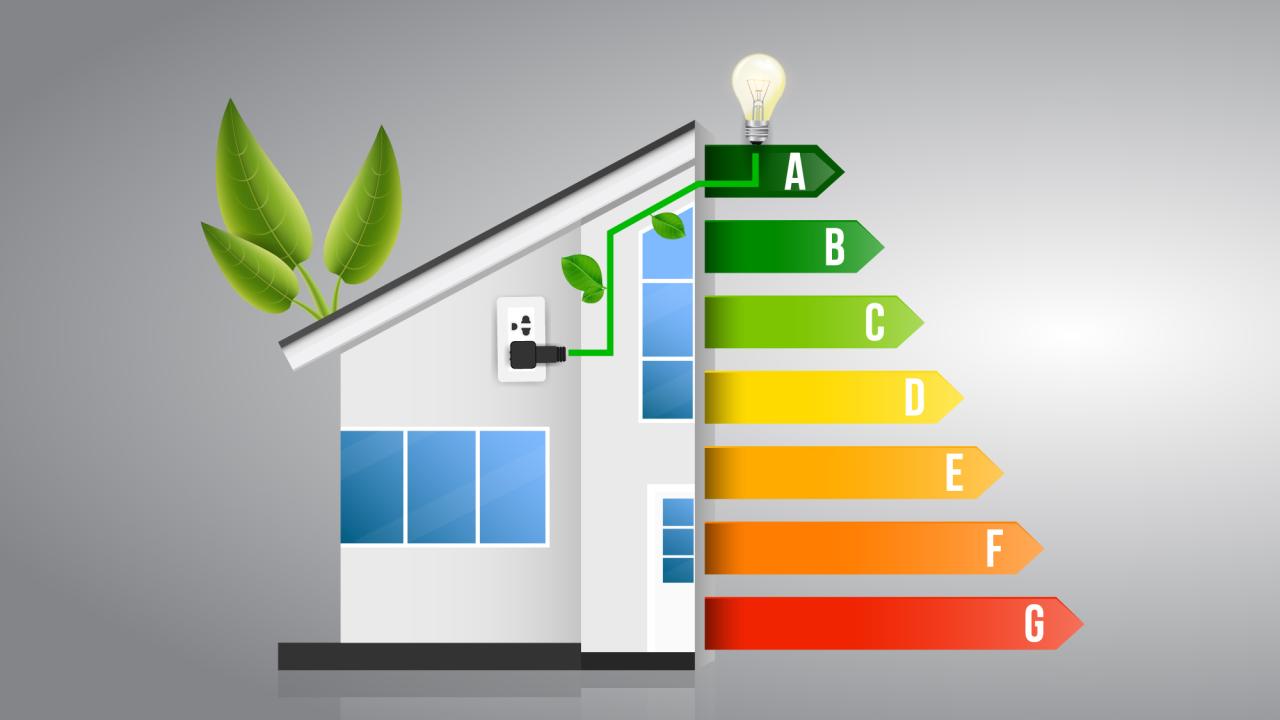

How Technology is Enhancing Energy Efficiency
The world is facing an unprecedented energy crisis. With the global population projected to reach 9.7 billion by 2050, the demand for energy is expected to skyrocket. However, this increased demand poses a significant threat to the environment, as the majority of the world’s energy is still generated from fossil fuels, leading to greenhouse gas emissions and climate change. In order to mitigate this crisis, it is essential to improve energy efficiency, and technology is playing a vital role in achieving this goal.
Smart Buildings and Homes
One of the most significant areas where technology is enhancing energy efficiency is in buildings and homes. Smart buildings and homes are equipped with advanced technologies such as sensors, automation systems, and IoT devices that can detect and respond to energy usage patterns. These technologies enable buildings to optimize energy consumption, reduce waste, and improve overall efficiency.
For instance, smart lighting systems can adjust the brightness and color of lighting based on the time of day, occupancy, and natural light availability. This can lead to significant energy savings, as lighting accounts for a substantial portion of a building’s energy consumption. Similarly, smart HVAC systems can learn a building’s temperature preferences and adjust the heating and cooling accordingly, reducing energy waste and improving indoor air quality.
Energy Management Systems
Energy management systems (EMS) are another technology that is revolutionizing energy efficiency. An EMS is a comprehensive platform that monitors and controls energy usage in real-time, providing insights and recommendations to optimize energy consumption. These systems can be integrated with various energy-consuming devices, such as lighting, HVAC, and industrial equipment, to provide a holistic view of energy usage.
EMS can help identify energy-intensive areas, detect anomalies, and provide recommendations for improvement. For example, an EMS can detect if a piece of equipment is malfunctioning and wasting energy, and send alerts to maintenance teams to take corrective action. This proactive approach can help prevent energy waste, reduce maintenance costs, and improve overall efficiency.
Renewable Energy Integration
Renewable energy sources, such as solar and wind power, are becoming increasingly popular as the world transitions to a low-carbon economy. However, the intermittent nature of these sources can make it challenging to integrate them into the grid. Technology is playing a crucial role in addressing this challenge.
Advanced weather forecasting systems, combined with machine learning algorithms, can predict renewable energy output with greater accuracy. This enables grid operators to better manage energy supply and demand, reducing the reliance on fossil fuels and improving grid stability.
Energy Storage Systems
Energy storage systems, such as batteries, are another critical technology that is enhancing energy efficiency. These systems can store excess energy generated by renewable sources, reducing curtailment and enabling the grid to absorb more renewable energy.
Advanced energy storage systems, such as lithium-ion batteries, can also provide backup power during outages, reducing the need for diesel generators and improving overall grid resilience.
Smart Grids
Smart grids are advanced electrical grids that use sensors, IoT devices, and advanced analytics to manage energy distribution and consumption in real-time. These grids can detect energy waste, predict energy demand, and optimize energy supply, reducing the strain on the grid and improving overall efficiency.
Smart grids can also enable peer-to-peer energy trading, where households with rooftop solar panels can sell excess energy to their neighbors, reducing energy waste and promoting community-driven energy efficiency.
Electric Vehicles
Electric vehicles (EVs) are becoming increasingly popular as governments around the world implement policies to encourage their adoption. Technology is playing a vital role in enhancing the energy efficiency of EVs, with advanced battery management systems and regenerative braking enabling these vehicles to travel longer distances on a single charge.
EVs can also act as energy storage devices, providing backup power to homes and buildings during outages. This vehicle-to-grid (V2G) technology has the potential to revolutionize the way we think about energy storage and distribution.
Artificial Intelligence and Machine Learning
Artificial intelligence (AI) and machine learning (ML) are being increasingly used to enhance energy efficiency. These technologies can analyze vast amounts of data from various sources, such as sensors, meters, and weather forecasting systems, to identify patterns and trends in energy consumption.
AI and ML can also optimize energy usage in real-time, adjusting temperature settings, lighting levels, and HVAC systems to minimize energy waste. These technologies can also predict energy demand, enabling utilities and grid operators to better manage energy supply and reduce peak demand.
Blockchain and Energy Efficiency
Blockchain technology, the underlying technology behind cryptocurrencies like Bitcoin, is being used to enhance energy efficiency. Blockchain enables secure, peer-to-peer energy trading, reducing energy waste and promoting community-driven energy efficiency.
Blockchain can also provide a tamper-proof record of energy consumption and generation, enabling utilities and grid operators to better manage energy distribution and reduce energy waste.
Conclusion
Technology is playing a vital role in enhancing energy efficiency, and its impact will only continue to grow in the coming years. From smart buildings and homes to renewable energy integration and energy storage systems, technology is revolutionizing the way we think about energy consumption and production.
As the world continues to transition to a low-carbon economy, it is essential to invest in these technologies and promote their adoption. By doing so, we can reduce energy waste, improve overall efficiency, and mitigate the environmental impacts of climate change.
The future of energy efficiency is bright, and technology is leading the way.




